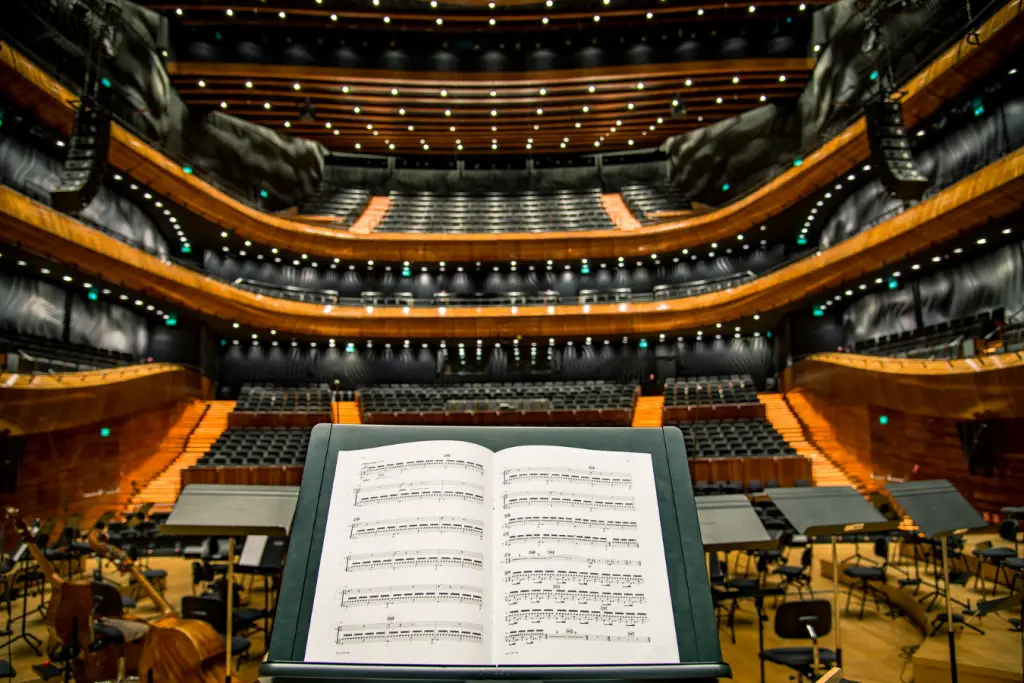The bassoon, often known for its rich, reedy timbre and remarkable versatility, has played a significant role in classical music for centuries. As both a solo and ensemble instrument, it has inspired composers to craft pieces that showcase its unique character. This article explores some of the most famous pieces written for the bassoon, delving into their significance, style, and why they continue to captivate audiences and performers alike.
The Bassoon’s Role in Classical Music
Before diving into specific pieces, it’s essential to understand the bassoon’s role in classical music:
- Solo Instrument: The bassoon’s extensive range and expressive capabilities make it a favorite for concertos and solo works.
- Ensemble Support: It often provides harmonic depth and rhythmic drive in orchestras and chamber groups.
- Comic and Character Roles: In operatic and theatrical works, the bassoon frequently plays quirky or humorous parts.
Iconic Bassoon Concertos
1. Wolfgang Amadeus Mozart – Bassoon Concerto in B-flat Major, K. 191
- About the Piece: Written in 1774, this is one of the earliest and most beloved bassoon concertos.
- Style: Classical elegance with a light, playful tone.
- Significance: Showcases the bassoon’s lyrical and virtuosic potential, making it a staple in the repertoire.
- Key Highlights:
- A lively first movement with rapid passages.
- A poignant second movement, showcasing the bassoon’s singing quality.
- A spirited rondo to close.
2. Carl Maria von Weber – Bassoon Concerto in F Major, Op. 75
- About the Piece: A Romantic-era masterpiece written in 1811.
- Style: Dramatic and technically demanding.
- Significance: Highlights the bassoon’s ability to convey deep emotion and technical prowess.
- Key Highlights:
- An opening movement with sweeping melodies.
- A melancholic adagio.
- A virtuosic finale filled with playful energy.
3. Antonio Vivaldi – Bassoon Concertos (RV 466, RV 479, etc.)
- About the Pieces: Vivaldi composed nearly 40 bassoon concertos, offering a treasure trove for performers.
- Style: Baroque virtuosity with vibrant rhythms.
- Significance: These concertos reveal the bassoon’s importance in the Baroque era.
- Key Highlights:
- Energetic allegros.
- Expressive slow movements with beautiful ornamentation.
Chamber Music Featuring the Bassoon
1. Francis Poulenc – Trio for Oboe, Bassoon, and Piano
- About the Piece: Composed in 1926, this work blends humor with lyrical beauty.
- Style: Neo-classical with a touch of modernity.
- Significance: Demonstrates the bassoon’s ability to blend and contrast with other instruments.
- Key Highlights:
- Playful exchanges between oboe and bassoon.
- Moments of introspection balanced by vibrant energy.
2. Jean Françaix – Divertissement for Bassoon and Strings
- About the Piece: A charming 20th-century work.
- Style: Lighthearted and witty.
- Significance: Highlights the bassoon’s comedic and melodic sides.
- Key Highlights:
- Quirky rhythms and colorful harmonies.
Orchestral Solos and Excerpts
The bassoon shines in many iconic orchestral works:
1. Igor Stravinsky – The Rite of Spring
- Famous Passage: The haunting bassoon solo that opens the ballet.
- Significance: Pushes the bassoon into its upper range, creating a mysterious and otherworldly effect.
2. Maurice Ravel – Boléro
- Famous Passage: The bassoon’s sultry solo introduces the piece’s climactic variation.
- Significance: Demonstrates the instrument’s ability to convey sensuality and elegance.
3. Gioachino Rossini – The Barber of Seville Overture
- Famous Passage: The playful bassoon solo that opens the overture.
- Significance: Highlights the bassoon’s agility and comic potential.
Modern Works for Bassoon
1. John Williams – The Five Sacred Trees: Concerto for Bassoon and Orchestra
- About the Piece: Written in 1995, this concerto reflects Williams’ cinematic style.
- Style: Lush, evocative, and atmospheric.
- Significance: A major contribution to the modern bassoon repertoire.
- Key Highlights:
- Explores the full range of the bassoon.
- Combines traditional and contemporary techniques.
2. André Previn – Sonata for Bassoon and Piano
- About the Piece: A 20th-century gem that balances tradition and innovation.
- Style: Romantic yet modern.
- Significance: A favorite among bassoonists for its rich harmonic language.
- Key Highlights:
- Emotional depth in the slow movement.
- Technical challenges in the faster sections.
Popular Solo Pieces for Bassoon
1. Paul Hindemith – Sonata for Bassoon and Piano
- About the Piece: A 20th-century work that emphasizes the bassoon’s versatility.
- Style: Modern with a classical foundation.
- Significance: Combines lyrical passages with rhythmic complexity.
2. Heitor Villa-Lobos – Ciranda das Sete Notas
- About the Piece: A Brazilian work blending folk influences with classical structure.
- Style: Vibrant and melodic.
- Significance: A unique addition to the solo bassoon repertoire.
Why These Pieces Matter
These works demonstrate the bassoon’s:
- Range: From its rich low notes to its expressive upper register.
- Versatility: Ability to play both lyrical and virtuosic passages.
- Role: Importance as both a solo and ensemble instrument.
Tips for Exploring Bassoon Music
- Start with the Basics: Begin with simpler pieces to build confidence and technique.
- Join an Ensemble: Playing in a group offers exposure to a variety of repertoire.
- Attend Performances: Listening to professional bassoonists can provide inspiration and insight.
- Explore Online Resources: Platforms like IMSLP and YouTube offer access to sheet music and recordings.
Conclusion
The bassoon boasts a diverse repertoire that spans centuries, from Baroque concertos to modern masterpieces. Whether you’re a performer or a listener, these pieces reveal the instrument’s depth, versatility, and charm. By exploring these works, you’ll gain a deeper appreciation for the bassoon’s unique role in the world of music.

